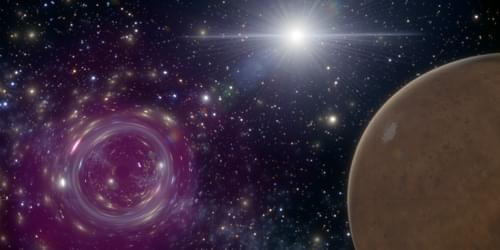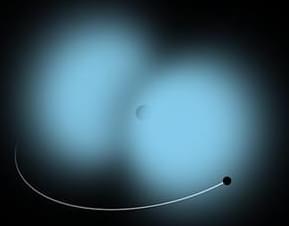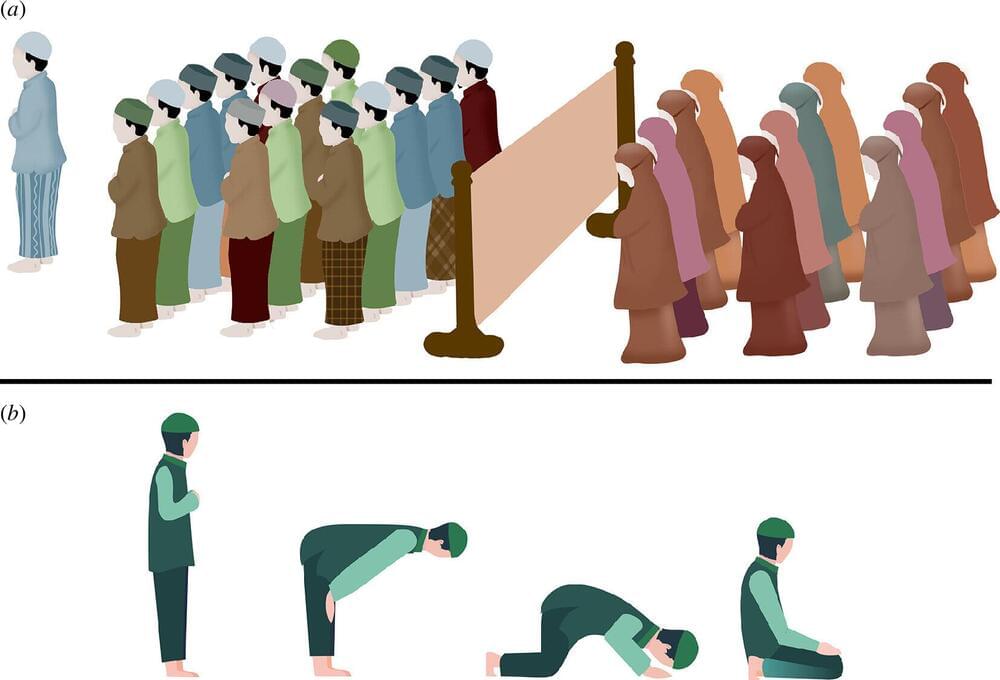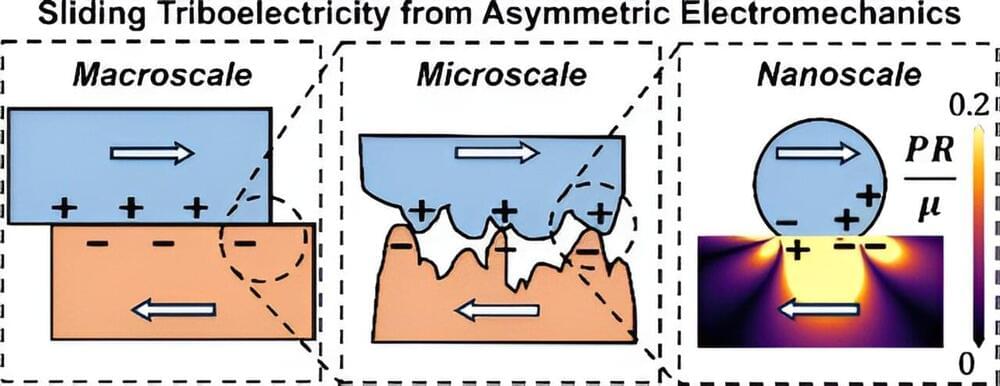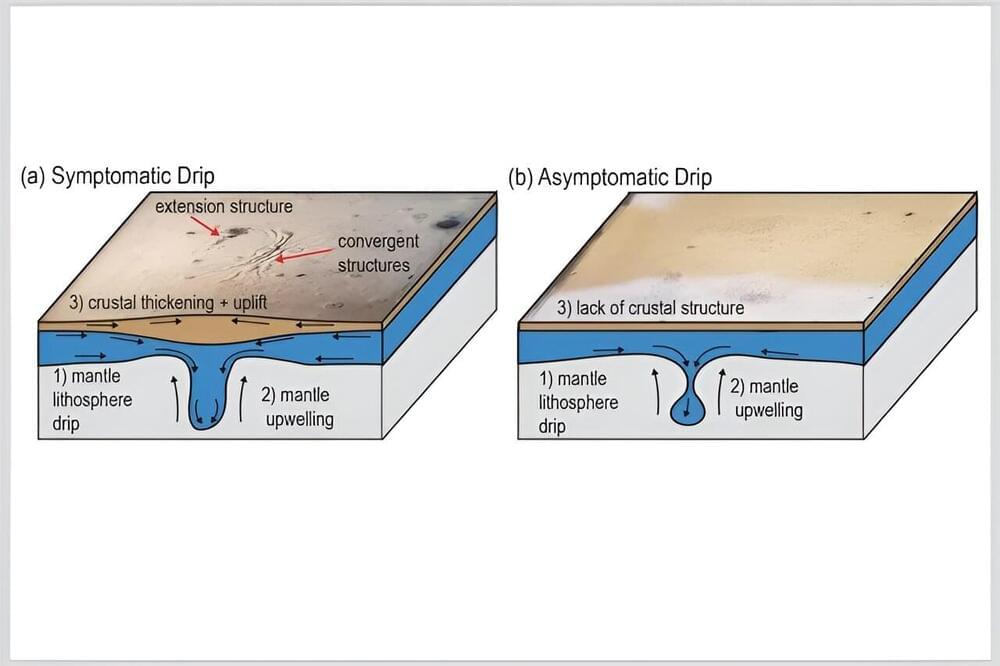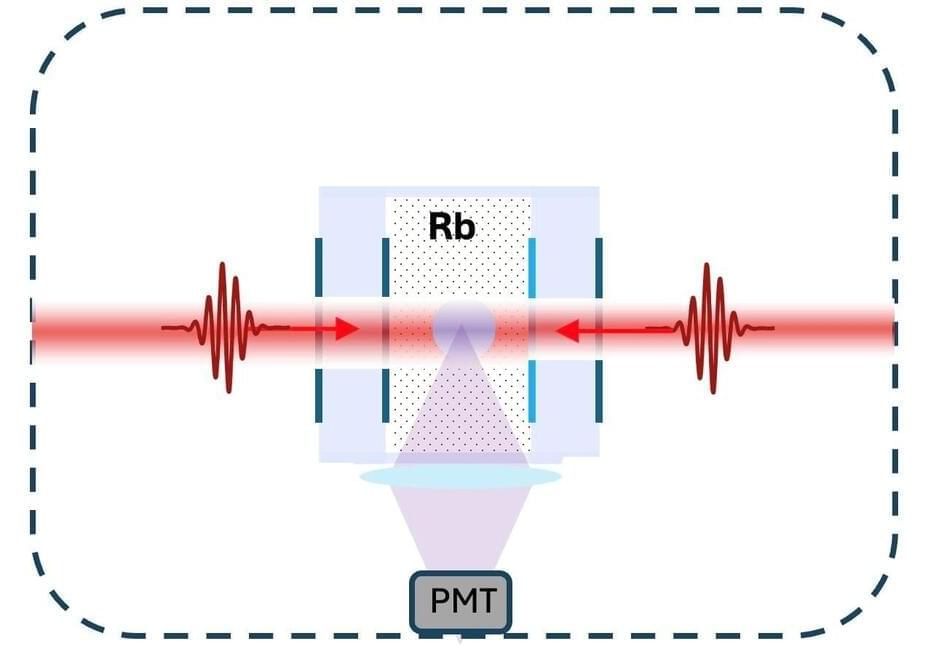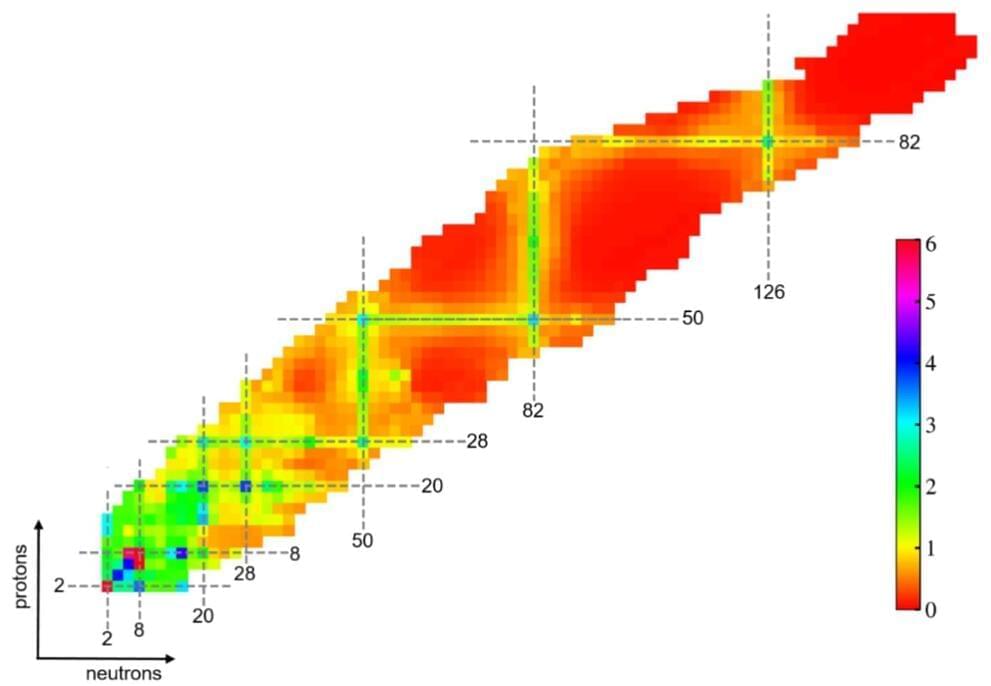Sep 19, 2024
Deriving Fundamental Constants from Three-Beam Collisions
Posted by Saúl Morales Rodriguéz in categories: particle physics, quantum physics
A long-standing prediction of quantum electrodynamics is that high-energy photons can scatter off each other. However, this process has yet to be observed because dedicated experiments have an extremely low signal-to-noise ratio. Now Alexander Macleod at the Extreme Light Infrastructure, Czech Republic, and Ben King at the University of Plymouth, UK, have designed an experiment that could achieve a high-enough signal-to-noise ratio to measure the phenomenon [1]. Researchers could use such measurements to derive the values of fundamental constants in quantum electrodynamics and then set constraints on various extensions to the standard model of particle physics.
Conventionally, scientists have looked for evidence of photon–photon scattering by colliding pairs of laser beams. Macleod and King instead propose colliding three laser beams: an x-ray beam and two high-power optical beams. The two optical beams provide the photons that scatter off each other, and the x-ray beam imparts a momentum kick to the scattered photons. This kick alters the trajectory of the photons and spatially separates them from much of the experimental background. As a result, in the detection region, the signal-to-noise ratio is higher than that of two-beam setups.
Macleod and King consider how their setup could be realized in two currently existing research facilities: the European X-Ray Free-Electron Laser facility in Germany, as part of the planned BIREF@HIBEF experiment, and the SPring-8 Angstrom Compact Free Electron Laser in Japan. They then show how the technology used in these facilities should be sufficient to measure photon–photon scattering. Macleod says that such a demonstration would be important for researchers working on “high-power lasers, strong-field physics, and quantum electrodynamics.”

